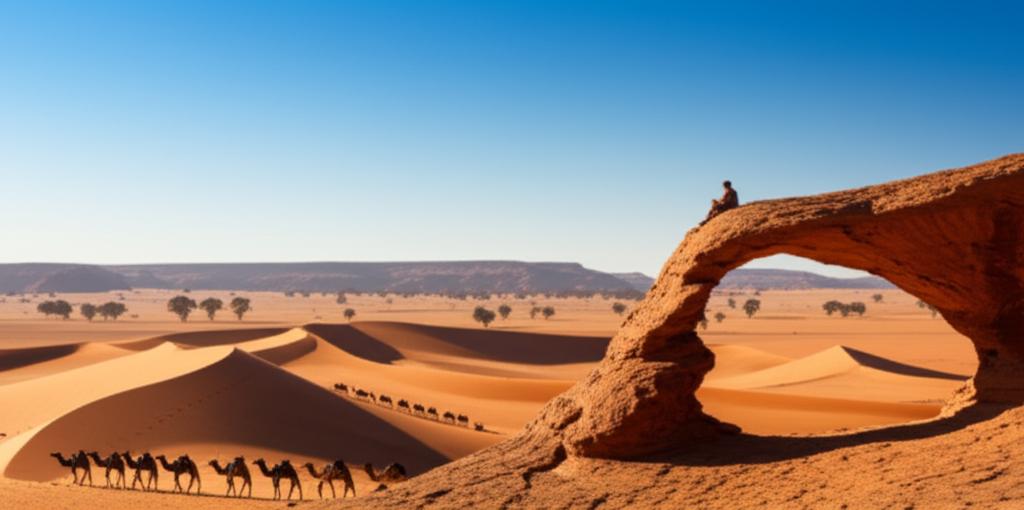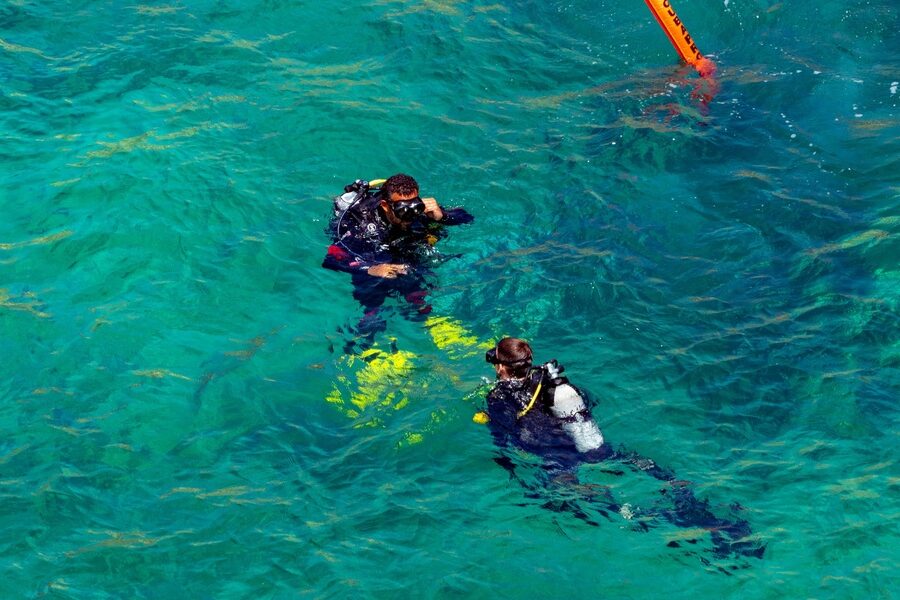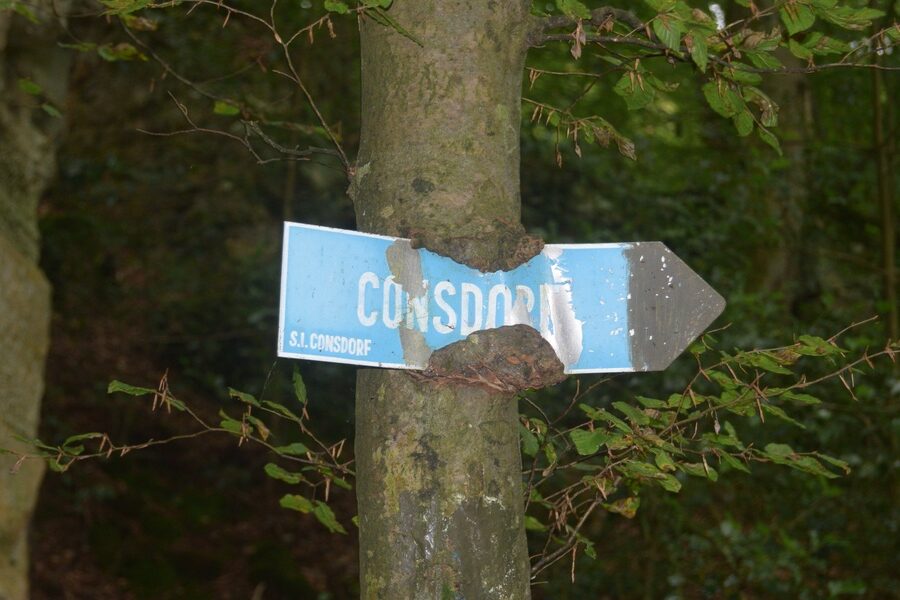In 2016 the Ennedi Massif in northeastern Chad was listed as a UNESCO World Heritage site for its spectacular sandstone arches and millennia-old rock art, a reminder that Chad’s landscapes have been drawing explorers for centuries.
For travelers who chase raw scenery and uncommon wildlife, this country delivers: vast, under-visited terrain (Chad covers roughly 1,284,000 km²), dramatic geology, and protected wild areas that still feel frontier-like. The range of adventurous things here runs from guided safaris to high-plateau treks and quiet river voyages, but expect remote logistics, a need for accredited local guides, and limited infrastructure in many places. This guide lays out eight high-adrenaline experiences across four categories—wildlife safaris, desert and rock exploration, mountain treks, and cultural/river adventures—along with practical tips to plan responsibly.
Wildlife Safaris and Conservation
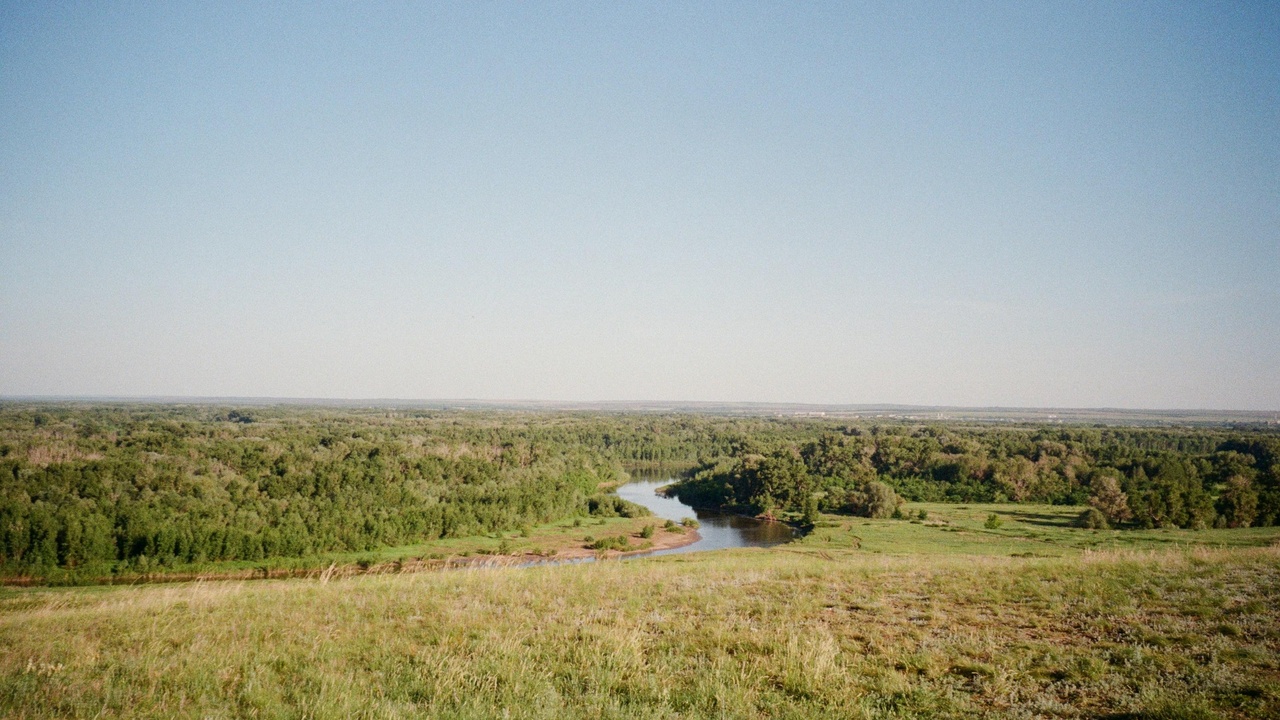
Chad’s protected areas are central to its conservation story, with Zakouma National Park standing out as a regional success. Established in 1963, Zakouma has seen concerted anti-poaching efforts and donor-backed monitoring that helped elephant and buffalo numbers rebound after serious declines in the 2000s. The park now regularly hosts hundreds of elephants and healthy herds of buffalo and antelope, along with lions and other predators.
Most visitors experience Zakouma on guided 4×4 game drives and short monitoring walks, staying at tented camps operated by park-approved teams or community partnerships. The dry season (roughly November–April) concentrates wildlife around shrinking water sources and gives the best game-viewing. Entrance fees and safari operator levies contribute directly to protection and local livelihoods, so choose operators that show transparent conservation support.
1. Guided safari in Zakouma National Park
Zakouma offers one of Central Africa’s most reliable big-game safaris. Typical sightings include sizeable elephant herds, large buffalo congregations, roaming lion prides, and frequent sightings of kob and hartebeest.
A standard visitor sequence is arrival by light aircraft to the park airstrip, transfer by 4×4 to a tented camp, and two full days of morning and evening game drives with licensed guides. Park management—reinforced since the 2010s—maintains anti-poaching units and a monitoring program supported by international donors and UNESCO reports.
Sample 3-day itinerary: fly into Zakouma on day one, afternoon game drive and camp; two full days of drives with a wildlife hide visit and an evening conservation briefing; depart on morning flight. Book through operators that work directly with park authorities and local communities.
2. Birdwatching and wetlands around Lake Chad basin
The Lake Chad basin and its seasonal floodplains support rich birdlife, from resident marsh species to long-distance migrants. Decades of change have altered the lake’s footprint dramatically—Lake Chad shrank from tens of thousands of square kilometers in the 1960s to a much smaller area today—yet seasonal flooding still creates vital wetlands.
Birdwatching trips typically involve short boat or canoe rides with local fishers, morning visits to reed beds, and village stops. Expect to see pelicans, herons, egrets, and a variety of shorebirds during migration windows. Work with local fixers who know the best seasonal spots and can arrange respectful community interactions.
A half-day lakeside excursion might include a short boat ride at dawn, close-up views of waterbirds, and a visit to a fishermen’s camp to learn about fishing techniques and net-mending. These small trips support local incomes and provide memorable, low-impact wildlife encounters.
Desert Expeditions and Rock Formations
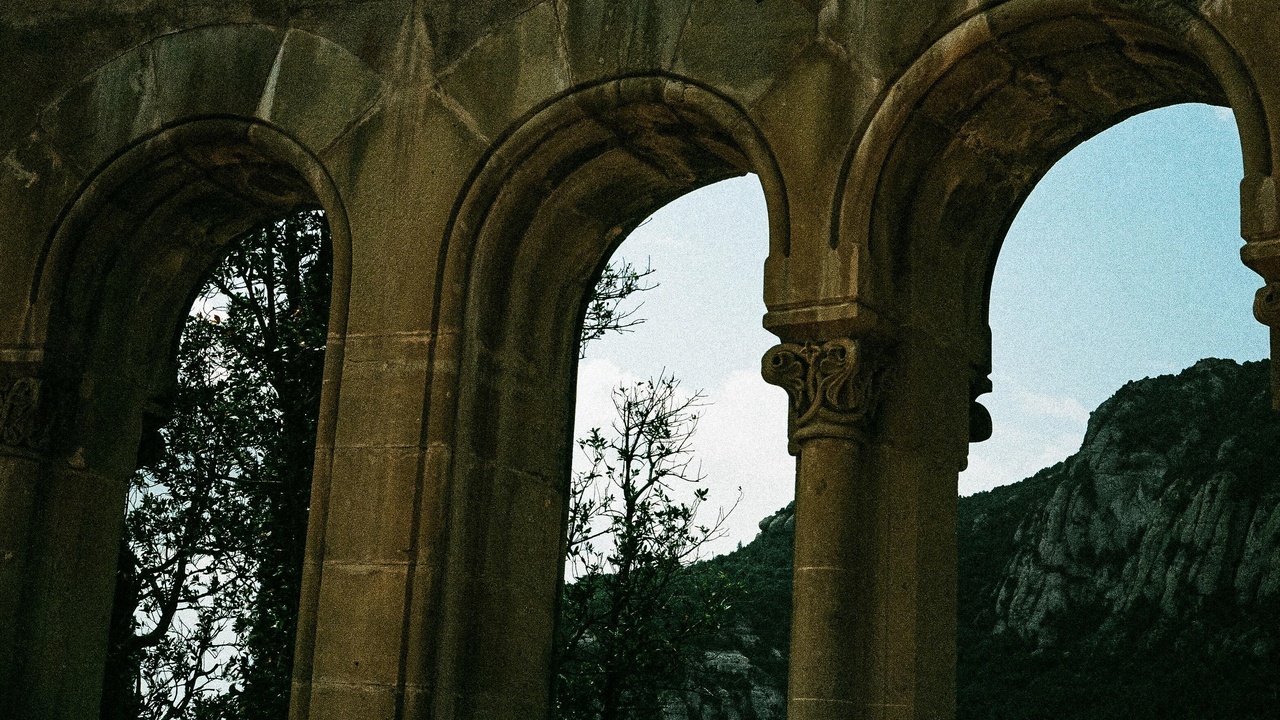
The Sahara portion of Chad offers dramatic geology and a sense of scale few places can match. The Ennedi Massif showcases sweeping sandstone arches, narrow canyons, and rock art panels that record millennia of human presence. These places are remote, photogenic, and culturally important, so prepare for basic camp conditions and strict site etiquette.
Visits require experienced desert drivers or Tuareg/Teda guides, permits in some zones, and careful fuel and water planning. The cooler months (November–March) are far more pleasant for hiking and overnight camps. Respect for cultural heritage and careful waste management are essential in fragile desert environments.
3. Explore the Ennedi Massif and its rock arches
Ennedi’s sandstone arches, cliff galleries, and petroglyphs earned the massif UNESCO inscription in 2016. The landscape rewards hikers and photographers with narrow canyons, natural bridges, and panels of paintings that date back thousands of years.
Visitors typically access Ennedi by 4×4 from Abeche or Faya-Largeau, traveling with local guides who know sensitive art sites and the safest canyon routes. Day hikes to arches, sunrise and sunset photo sessions, and visits to rock-art panels are the highlights.
Sample 3-day loop: drive into the massif on day one with short canyon hikes and a night camp; day two for longer hikes and panel visits; day three for a final morning walk and return. Follow guides’ instructions to avoid touching rock art and to minimize impact.
4. Camel treks and sand-route expeditions across the Sahara
Camel caravans offer a slow, immersive rhythm that suits the Sahara’s scale. Typical logistics pair camels for load-carrying with a support 4×4 for water, spare fuel, and emergency evacuation if needed. Daily distances are usually 10–15 km to keep pace manageable.
Overnight camps under starry skies, shared meals with nomadic families, and informal cultural exchanges make these trips a cultural as well as scenic experience. Travel in cooler months, carry sun protection and layered clothing for cold nights, and travel with guides who maintain water caches and know navigation routes.
Example: an overnight camel camp where you arrive at dusk, share a meal with hosts, and wake to desert silence and sunrise light on dunes. Combine longer camel legs with vehicle support to extend the route without risking supplies.
Mountains, Volcanoes and Remote High-Plateau Treks
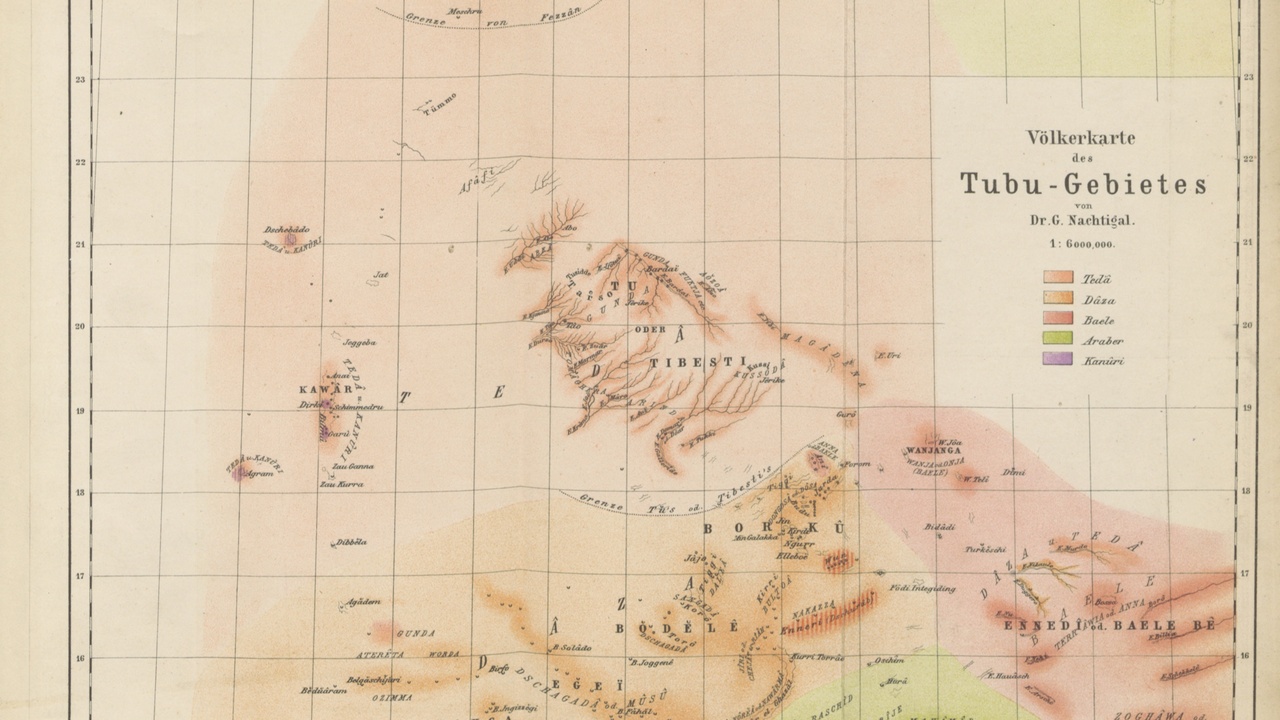
The Tibesti range is the Sahara’s least-visited mountain zone, dominated by Emi Koussi, a 3,445 m volcanic summit. These high plateaus feel remote and cinematic, with crater lakes, rugged cones, and communities whose routines are adapted to an arid highland life.
Prepare for multi-day convoys, altitude considerations, fuel caches, and coordination with local authorities for travel near sensitive border areas. The rewards are dramatic volcanic scenery, solitude, and meaningful exchanges with Teda and Tubu communities.
5. Trek to Emi Koussi — Sahara’s volcanic roof
Emi Koussi is Chad’s highest point at 3,445 meters and offers high-altitude desert trekking unlike most other African summits. The mountain’s plateau, crater rims, and lava fields create a lunar landscape at altitude.
Typical expeditions run 4–6 days: approach by a 4×4 convoy to the trailhead, gradual ascent with overnight high camps on the plateau, and summit push before dawn for the best light. Acclimatize, bring warm sleeping gear for cold nights, and travel with guides who understand high-desert weather patterns.
Example itinerary: day one approach and camp; days two and three climbing the plateau with camps; day four summit attempt and return to base. Basic climbing gear, windproof tents, and stove fuel are essential.
6. Multi-day Tibesti expeditions and community visits
Longer Tibesti circuits combine trekking, crater visits, and homestays with Teda/Tubu families. Expeditions reveal hidden oases, hot-spring pockets where present, and traditional music and crafts.
Expect to arrange permits, travel in small convoys, and carry spare parts and extra fuel. Recommended group sizes are moderate—six to ten people—so logistics remain flexible and impacts stay low. Respect local customs: ask before photographing people and offer modest gifts through guide intermediaries when invited.
Sample expedition: an 8–12 day Tibesti circuit that includes crater hikes, oasis stops, participation in a communal meal, and a look at local weaving or metalwork. These trips support remote economies when led by community-friendly operators.
Cultural Routes, Rivers and Market Adventures

Cultural and river-based trips provide a gentler kind of adventure that still feels exploratory. N’Djamena’s markets, seasonal festivals, and the Chari River’s village lifeways let visitors connect with cuisine, crafts, and riverside economies without the extreme logistics of deep desert or mountain travel.
These experiences are also practical options for those who want authentic encounters but prefer lower-risk itineraries. Hire local guides for language help and market introductions, and time visits around known festival dates when possible.
7. Visit N’Djamena markets and seasonal cultural festivals
Markets are lively windows into everyday life—stalls sell spices, leatherwork, woven mats, pottery, and fresh produce. A morning market crawl reveals food stalls, hidden craft workshops, and sellers who specialize in a single product type.
Hiring a local guide makes it easier to navigate language and bargaining, and helps identify genuine artisan goods to buy. Festivals—often linked to harvest cycles, camel fairs, or regional cultural celebrations—feature music, dance, and communal meals that are memorable and photo-friendly when permission is given.
Sample half-day: start early at the central market to sample small street dishes, visit a leather workshop, then sit with an artisan for a quick chat about their craft. That small support goes a long way for local vendors.
8. Boat trips on the Chari River and fishing-community visits
The Chari River shapes life around N’Djamena and makes for calm, scenic excursions. Small motor or pirogue-style boats run half-day charters that stop at riverside villages and fish markets, offering close views of daily routines and birdlife.
Trips vary with the seasons; higher water in wetter months gives easier navigation and broader wetland habitat for birds. Visitors can see fishing techniques, nets being repaired, and riverside farming plots. Obtain permission for village visits and compensate guides and hosts fairly.
Example outing: a morning charter from N’Djamena with two village stops—a fish market visit and time ashore to meet families—followed by a riverside lunch sampling freshly caught fish.
Summary
- Zakouma, the Ennedi Massif, Emi Koussi, and the Chari River represent four distinct kinds of adventure—safari, sandstone canyons, high volcanic plateaus, and riverside culture.
- These experiences reward careful planning: hire licensed guides, verify permits, and factor in fuel caches and contingency time for remote travel.
- Travel in the recommended seasons—dry season for savanna viewing (Nov–Apr), cooler months for desert and mountain travel (Nov–Mar), and higher water months for richer river wildlife.
- Support community-run camps and conservation-backed operators so tourism directly benefits local people and protection efforts.
- For those compiling a shortlist of adventurous things to do in chad, balance bold objectives with responsible logistics: permits, local knowledge, and a mindset of low impact will make the trip unforgettable.

